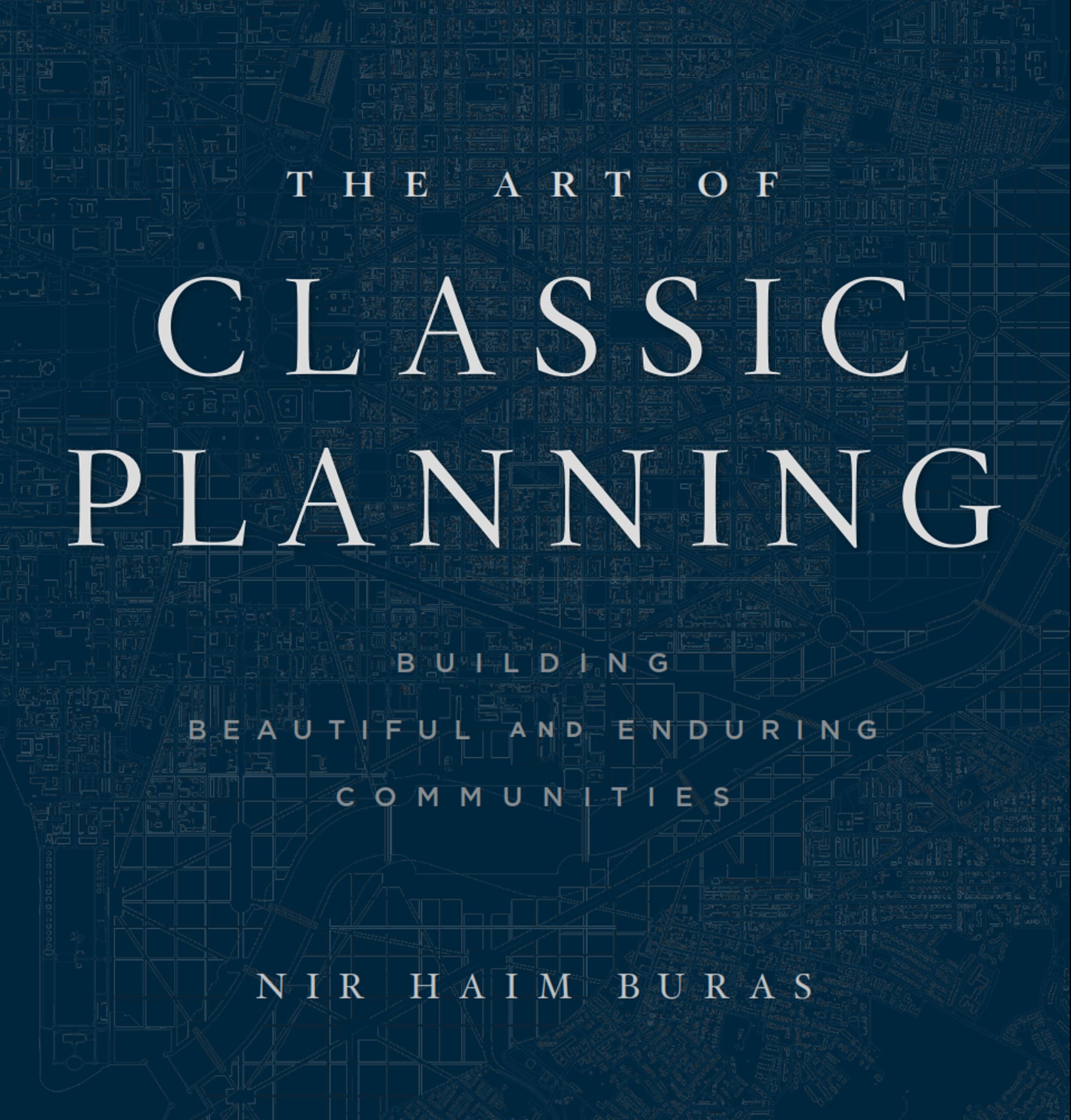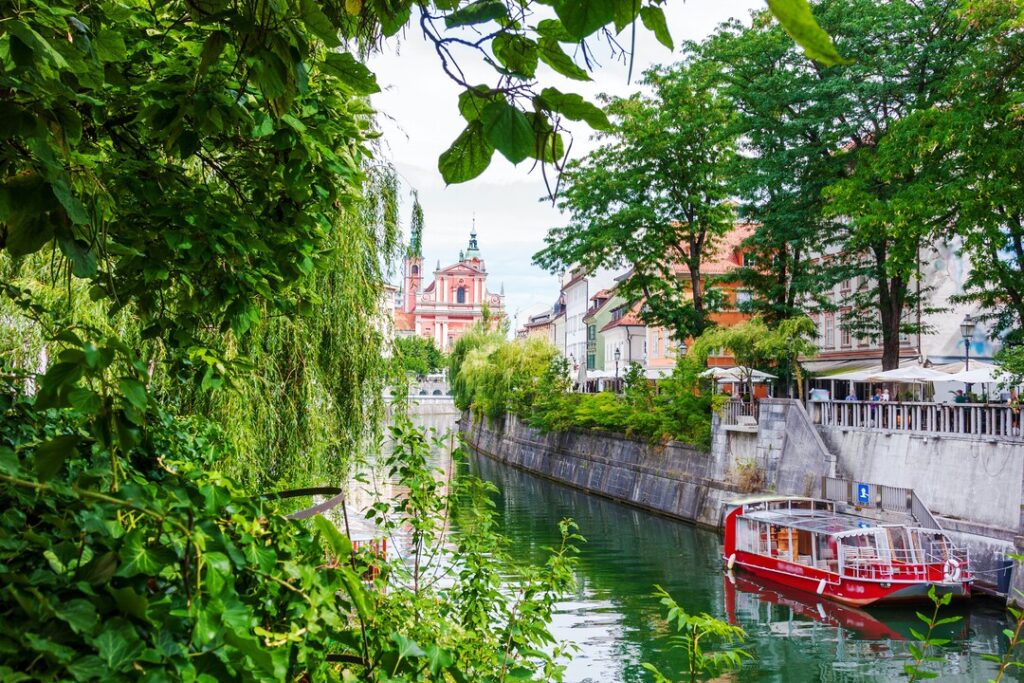
Five things I teach my students that you likely won’t learn at design school
There is no lack of places that offer certificates and curricula in architecture and planning. But remember, you don’t have to be a mechanic to drive a car. Merely having experienced cities and thinking for yourself, you will recognize that the tools of classic planning are especially powerful and easily accessible. What sets the Classic Planning institute apart are five key things.
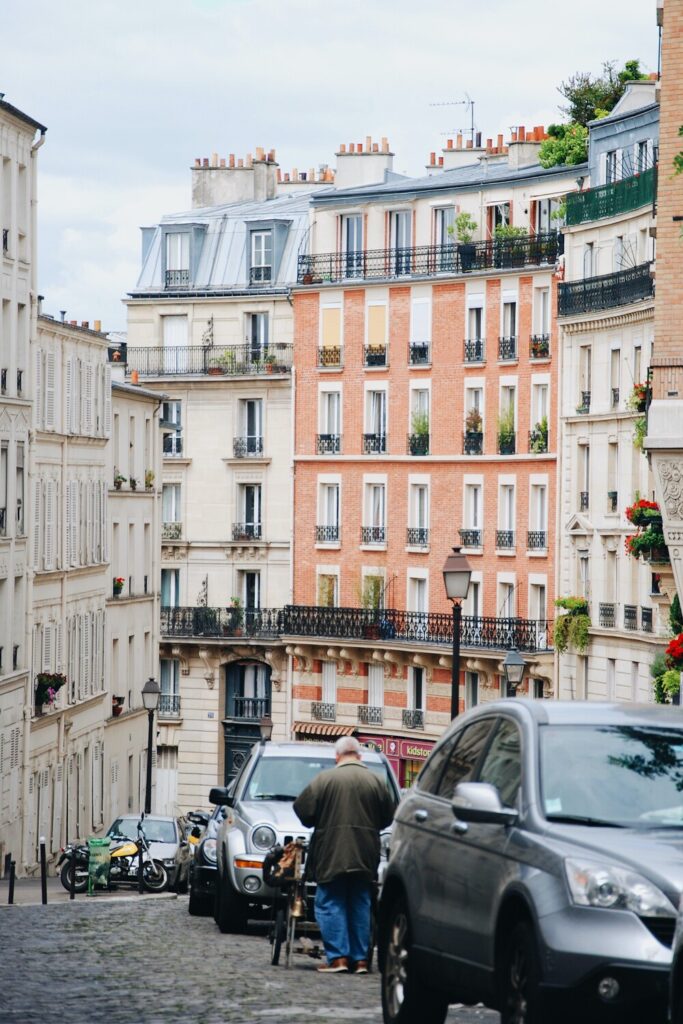
Architectural Literacy
Most planning education doesn’t include an architectural training, but this separation is crazy! Since most of what you see on a city street are buildings, architecture is obviously central to urbanism. So, we first teach architectural literacy.
Architectural literacy is the ability to read the built fabric at a practical level. It illuminates professional jargon and helps expose nonsense. It liberates us to decipher “mysterious” expertise, levels the field in the community dialog, and enables us to make better decisions.
Architectural literacy thus empowers us to engage in the urban design dialog, and it enables planners and designers to propose forms that people can understand. It is a key to breaking out of visual poverty, participatory nimbyism, deadlock, and sidelining. It enables the lay citizen to engage in the fundamental thinking required to realize important civic goals.
Town and Country
Uniquely, classic planning differentiates between town and country. We can’t build suburbs to endlessly grow citie4s and carpet the planet. Clearly, neighborhoods and towns have a maximum size. Obviously, suburbs and towns have to be separated by countryside, not built contiguously. In his Future of London, the twentieth century inventor of the Garden City, Ebenezer Howard, truly understood the vital, interstitial nature of country. He wrote, that countryside must be thought of as vital to the human experience – something to see, enjoy and value for its own sake.
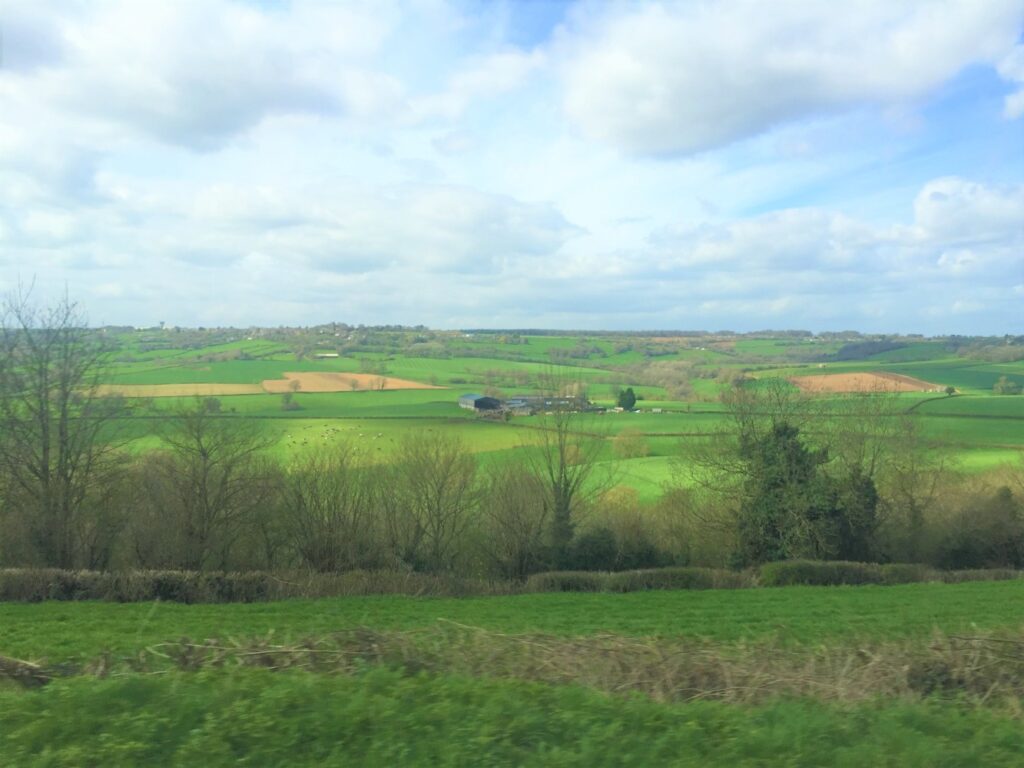
Perhaps the greatest misunderstanding in all of planning is the abstraction of the common notion of countryside. While planners typically discuss meaningless abstractions such as “open spaces” and “green zones,” we consider countryside as something beautiful for people to experience. Referring to country as so-called “green space,” “green zones,” and “green belts” undermined the notion and so abstracted it that countryside disappeared under urban sprawl (an underwhelming blob of ‘not quite countryside’ and ‘not quite town’). Today, we have little concept of country. Urban planners have no clue what to do with it. Even the US government defines “rural” as “Whatever is not urban.”
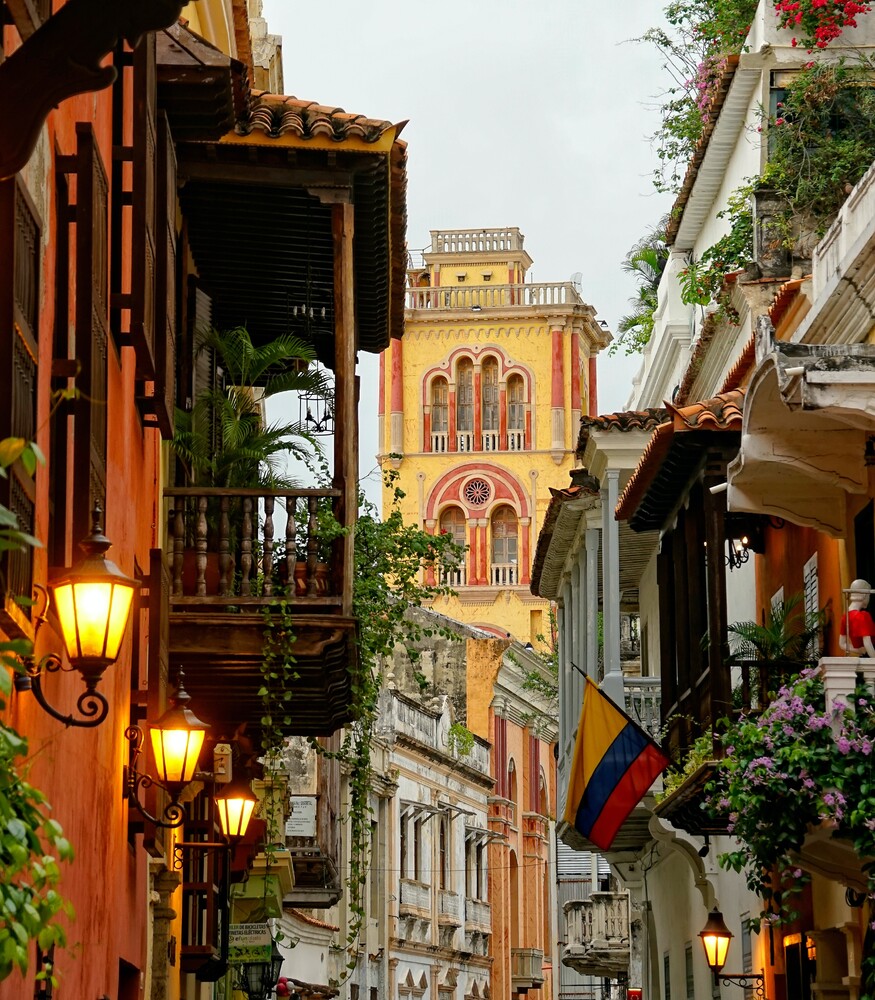
Towards a community of makers
Manual construction and skilled building arts are essential to social and individual wellbeing. Living as most of us do, in long-established cities and states, we underestimate the cognitive factors that make cities seem “natural.”
City building can be considered as the nexus of community aspiration, civic patronage, craftsmanship, and public works that, since ancient times, have enriched cities with buildings, plazas, infrastructure, and streets. While sometimes seen as a social compromise, public works are constructions of consensus, serving to promote social order through their visual presence and labor commitments.
You can’t build a city like Paris or Vienna with 3D printers and modular construction. Even if you could reach the same levels of quality, durability and design, the human spirit would be missing from the buildings. And that is disturbing.
Understanding the evolutionary underpinnings of altruism, creativity, and making may help society to leverage the durability of public works to cope with modern challenges. A beautiful new legacy of parks, buildings, plazas, and streets could accommodate generations of pleasing use, and reuse. It may ultimately turn out to be the ethical thing to do.
100-year plans
The Classic Planning Institute believes in people. Obviously, contemporary design and construction, so dependent on obsolescence, may not provide adequate solutions for today’s problems. “Problem-solving” developments invariably create new problems—and so often bad places to be. That is why we teach an approach to planning communities for the long run that directs adequate design resources for the full spectrum of urban diversity.

Pandemic and climate change resilience strategies may become part of a “new normal.” But regardless of local particulars, community engagement and preparedness will help cities adapt. To engage with a highly uncertain future that may stretch multi-generationally, communities need to look beyond immediate planning horizons, fiscal cycles, and electoral terms to long-term planning. Hence 100-Year Plans. The consensus methodology we teach addresses and focuses on urban resilience and societal equity.
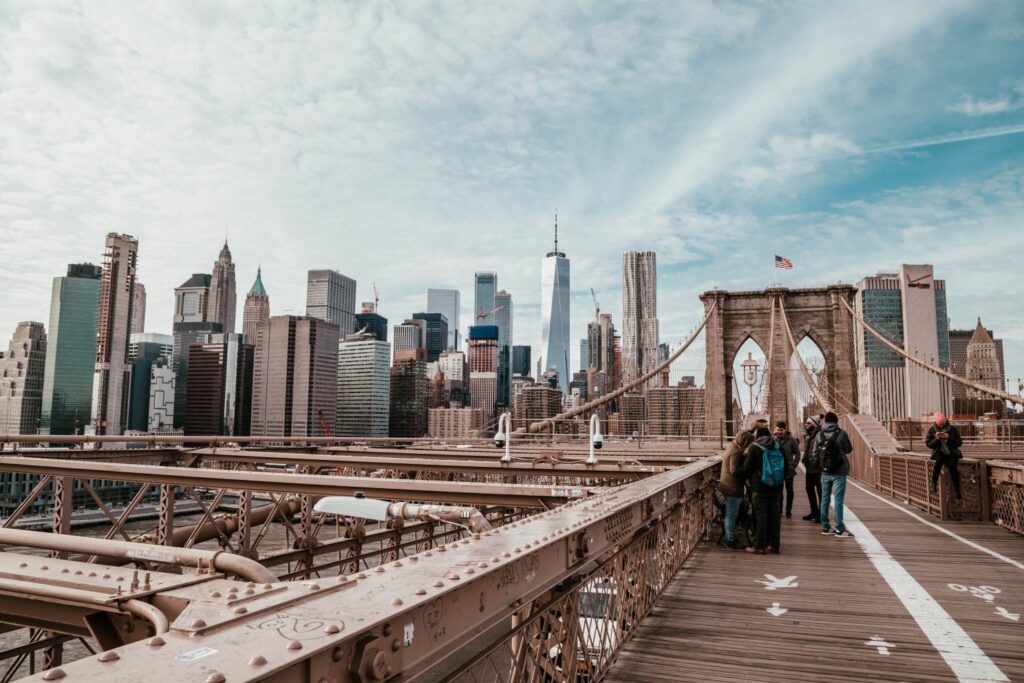
Beauty is central to urban experience
For over a century, planners and designers have been severely challenged by what to lay people is obvious—the necessity of beauty, appropriate urban scale, and the possibility of extending or embellishing traditional environments without marring them. The position that ‘beauty is in the eye of the beholder’ and thus irrelevant to urbanism—is used to invalidate the common perception that our built environment has become intolerable and ugly. Beauty is simply not on the agenda.
Recent neuroscience explores the fundamental experience of beauty, its objectivity and subjectivity, and the neurobiological facts supporting its measurability. Unlike other programs, we start from the understanding that a holistic built environment is based on what is in fact most appealing to people’s brains, as shown by neuroscience, not the fashions of architects, regardless how “cool.”
With measure in hand, we teach you to pursue urban experience as quantifiable asset. For the resultant reduction in stress and the well-being of people, we focus on urban and architectural experience and beauty, and the resultant durability and adaptive reuse. We culminate with a cutting-edge innovation: that the purpose of urbanism is to create a legacy of beautiful places.
WELCOME!
Get In Touch
Please get in touch with us
to discuss your requirements.
Please get in touch with us
to discuss your requirements.
